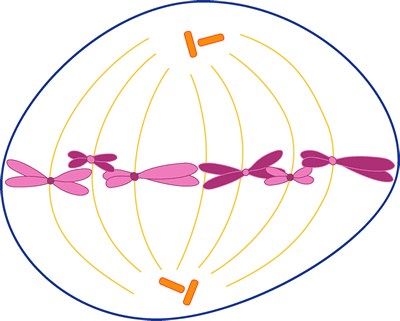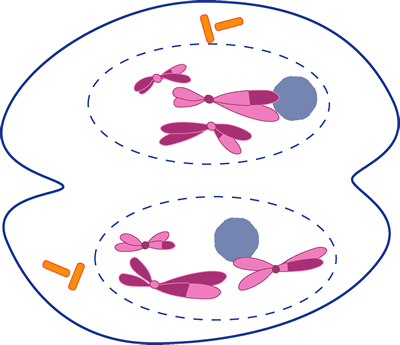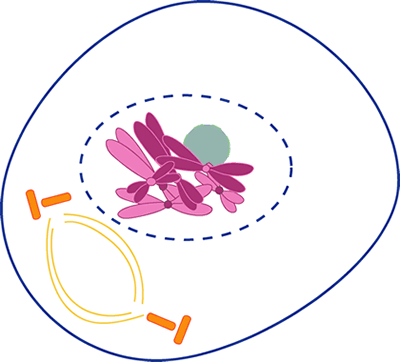1. DNA is unique for everyone. The only exception is if a person has what?
The only exception is when a person has an identical twin because they have the same cells in the body.
2. What are DNA fingerprints used for?
DNA fingerprints can be used for anything from determining a biological mother or father of a child to identifying the suspect of a crime.
Part 1 “It Takes a Lickin”
3. What “crime” was committed?
Some unknown person broke into Jimmy Sweet's room on November 1, at about 8:15. His hologram NOVA lollipop. The lollipop has been removed from the once air-tight bag. Jimmy is suspicious of one of his seven sisters.
4. What bodily fluid was removed from the “crime scene” to get DNA?
Saliva was removed from the crime scene. The lollipop was licked, so it had to leave behind a trance of saliva.
Part 2 “DNA Fingerprinting at the NOVA Lab”
5. What does a restriction enzyme do?
The restriction enzymes act like scissors, and they will cut the DNA strand in various places. Where the enzymes cut is influenced by the code within the DNA molecule and the codes within the enzyme. The length of the DNA strands will depend and vary from person to person.
6. What is agarose gel?
Agarose gel is is a thick liquid, that it kind of like Jello. It will act as a molecule strainer, allowing smaller pieces of DNA to move through more easily than larger pieces.
7. What is electrophoresis?
Electrophoresis is basically to moving of molecules using electric currents. Princeton's World Net web's definition was: "the motion of charged particles in a colloid under the influence of an electric field; particles with a positive charge go to the cathode and negative to the anode." UCBiotech's definition was, "Method using an electrical field which leads to the separation of proteins or DNA fragments based on their size. Smaller proteins or DNA fragments move faster; larger ones slower. Samples are normally placed in the electrical field loaded in a gel-like substance, called agar or agarose."
8. Smaller fragments of DNA move ____________ than longer strands?
Smaller fragments of DNA move faster than longer strands. 9. Why do you need to place a nylon membrane over the gel?
The agarose gel is extremely difficult to work with because it is flimsy. The DNA gets transferred onto the nylon membrane. "The DNA was sucked up into the membrane as liquid traveled up from the gel toward an absorbent material that was placed over the membrane."
10. Probes attach themselves to __________
Probes attach themselves to DNA fragments on the nylon membrane.
11. Which chemical in your “virtual lab” is radioactive?
Probes
12. Sketch your DNA fingerprint. 
13. Based on your DNA fingerprint, who licked the lollipop?
The lollipop was licked by Honey Sweet.
Click on the Link “DNA Workshop” (if this link won't load, scroll down to the bottom where it says "try the non-java script version)
Once you’re there, go to the link “DNA Workshop Activity” and practice with DNA replication and protein synthesis.
14. What kinds of things could you do at the DNA workshop?
From the DNA workshop, I was able to visually see and go through the process of replication of the DNA. I was also able to match up base pairs, transcribe DNA, and match anti-codons.
Find an Article about DNA
Go to http://www.thegenesite.com/
15. Read an article about genetics at this site that you might find interesting, or use the "Search" box in the upper right hand corner to search for DNA fingerprinting
Title: DNA fingerprinting can reveal your surname
by: Allen Severs (London)
"Police could one day predict the surname of a male suspects or victims of crime from DNA alone."
Scientists at the Leicester University (where DNA fingerprinting was invented) said that they had demonstrated that men with the same surname were highly likely to be genetically linked. Detectives will be able to investigate crimes using the slightest amount of DNA from blood, hair, saliva, or semen. A study was conducted using 2,500 men, they would an average of 24% chance of men with the same surname sharing a same ancestor. There was 50% chance of men with the same RARE surname sharing a common ancestor. Over 70% of men that have the surnames of Attenborough and Swindlehurst shared the same or near identical Y chromosome.
http://denver.yourhub.com/Denver/Stories/News/General-News/Story~532025.aspx

 Metaphase
Metaphase 

 20
20